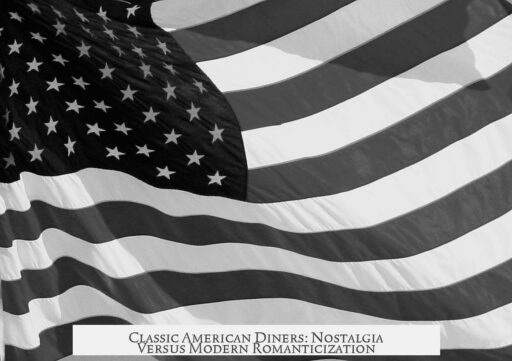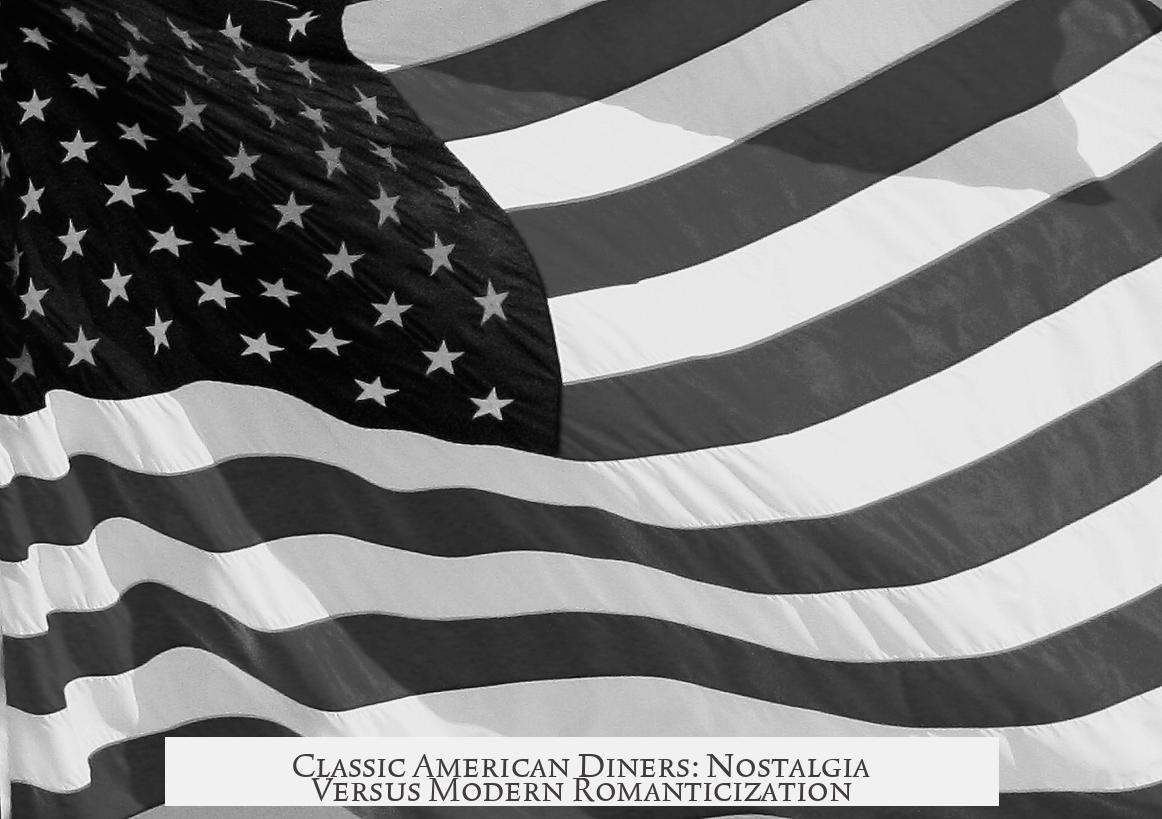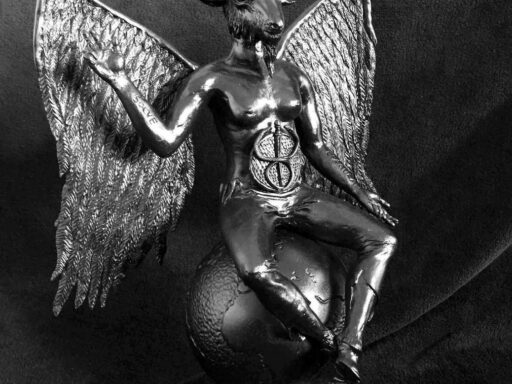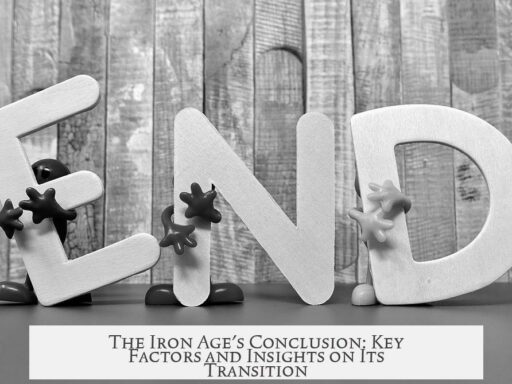Classic American diners today reflect both the historical reality of mid-20th-century roadside eateries and a romanticized version shaped by nostalgia and popular culture, especially from the 1950s and 1960s. The iconic chrome, Formica, and neon aesthetic is rooted in the practical development of diners as quick, affordable food stops evolving from late 19th-century mobile wagons into permanent Streamline Moderne structures by the 1940s-50s.
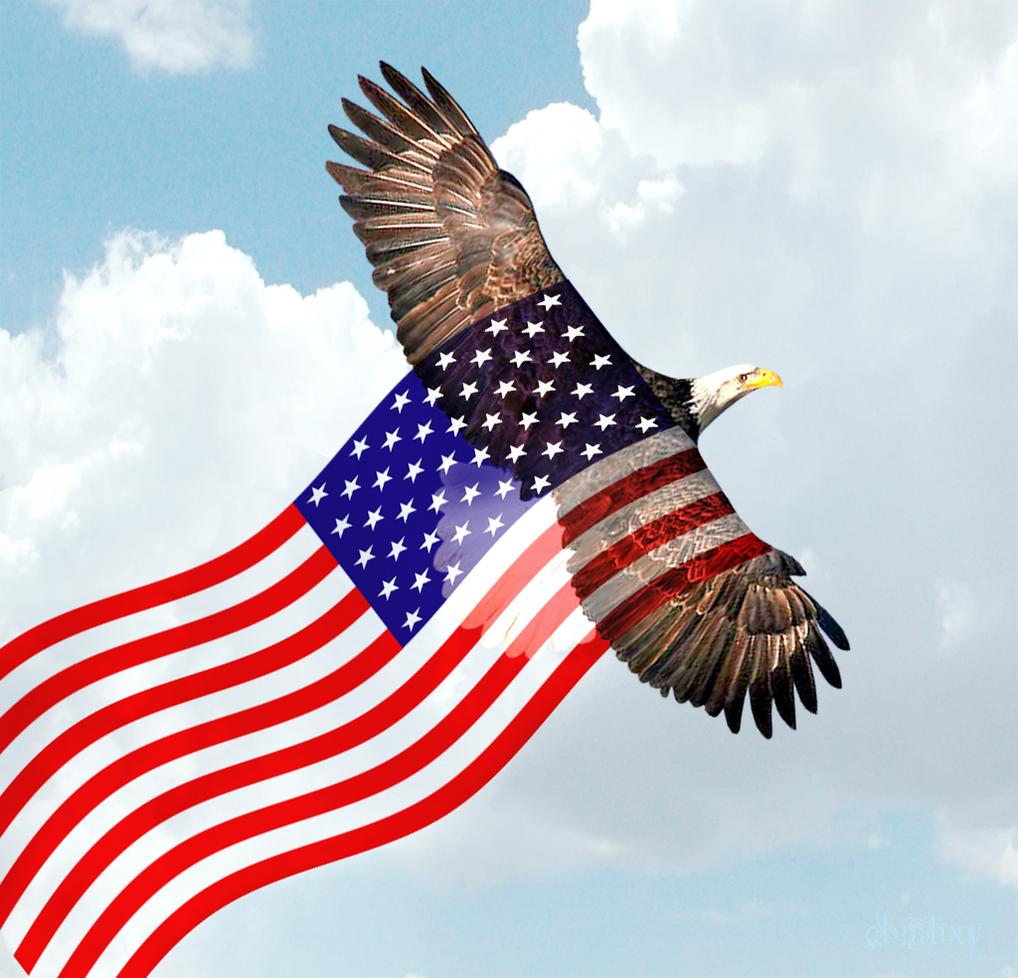
The origins of American diners trace back to the late 1800s. Early mobile wagons served quick meals to workers who wanted cheap alternatives to sit-down restaurants. These wagons were practical and focused on efficiency. Samuel Jones, a notable figure in Massachusetts, built larger wagons that allowed customers to sit while eating. Cities began banning mobile wagons as safety hazards, which led to the creation of fixed diner structures.
By the 1930s and 1940s, the diner design had evolved into what we recognize as “classic” diners today. The style embraced Streamline Moderne, a design movement influenced by Art Deco. Its hallmarks included chrome accents, rounded edges, and a streamlined look inspired by trains and other modes of transportation. Diners mirrored train cars, with stainless steel exteriors and interiors sporting clean, smooth ceramic and laminated surfaces. The modern look conveyed both efficiency and cleanliness. These features were not merely decorative but practical, supporting quick service and ease of maintenance.
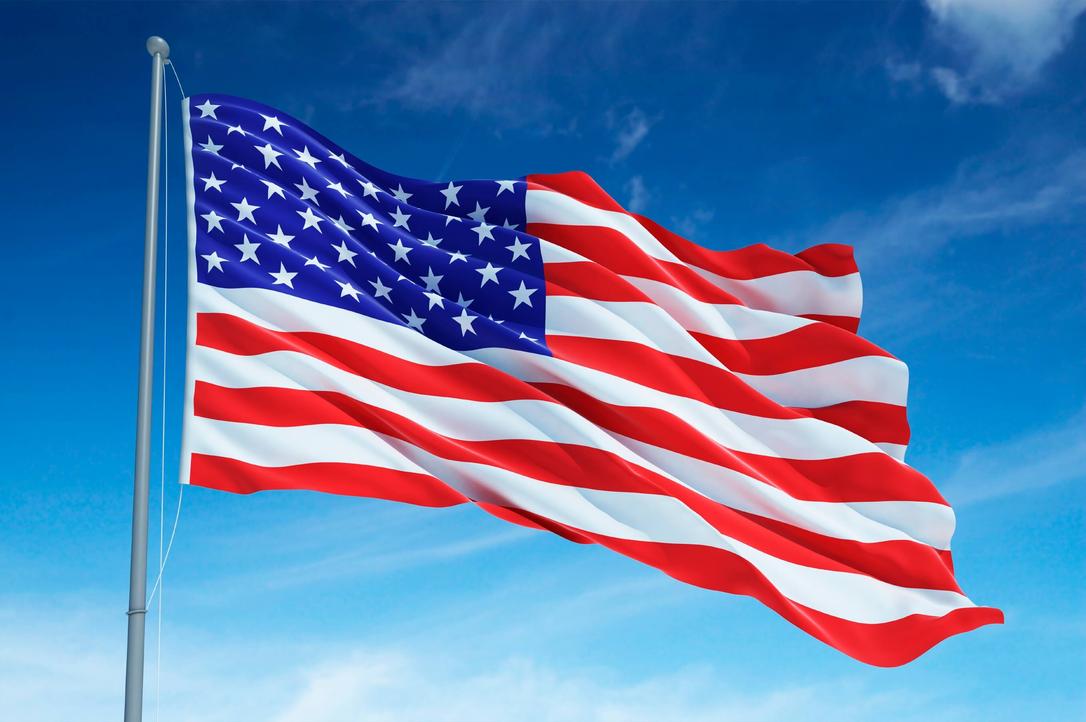
During their peak in the 1940s and 1950s, diners thrived as affordable venues for all-day dining. Their designs reflected business frugality and customer appeal for modern, clean, fast food options. However, starting in the late 1950s, diners faced increased competition from emerging fast food franchises, which promised faster service with standardized menus. As a response, many diners pivoted towards breakfast offerings, which were simpler to provide and attracted rural or highway travelers needing quick stops.
By the mid-1960s, the traditional diner model was fading. The market shifted away from the multi-meal, sit-down style towards quicker, cheaper options. This decline set the stage for a nostalgic revival during the 1970s and beyond. Historian Richard Gutman’s 1979 book, American Diner Then and Now, helped cement the diner as an Americana symbol. This revival often amplified the idealized features of diners rather than reflecting their original functionality exactly.
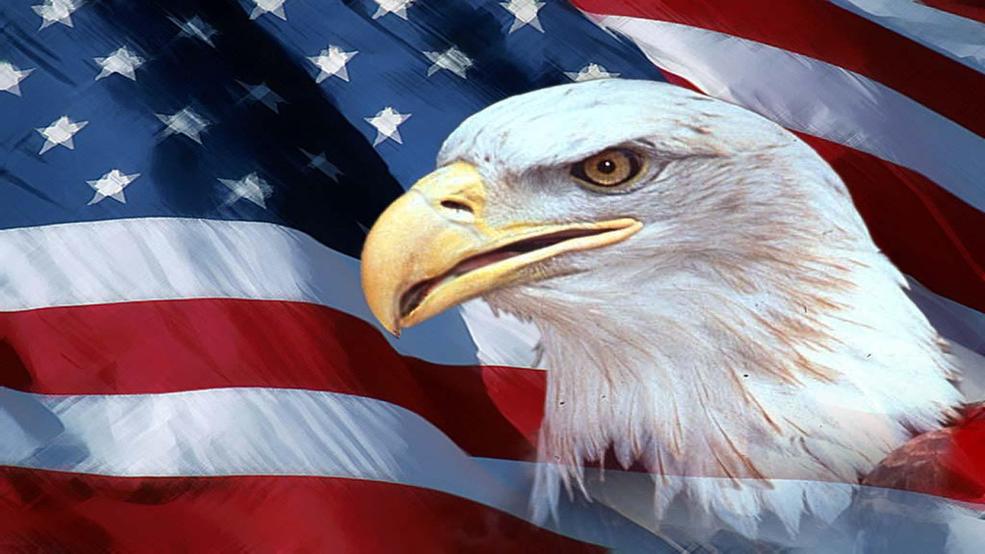
Today’s classic diners typically fall into two broad reinterpretation categories. One leans towards a “homier” style. Chains like Denny’s or Waffle House feature darker wood tones and warmer lighting, closer to diner interiors from the 1920s-40s before the full Streamline Moderne look took hold. These diners emphasize comfort and familiarity over flashy design.
The other popular style embraces the 1940s-50s chrome-and-Formica look epitomized by Johnny Rockets, founded in 1986. Such diners feature chrome stools, white counters, and a long, narrow space resembling train cars or their wagon ancestors. This style visually recalls the heyday of the classic diner aesthetic.
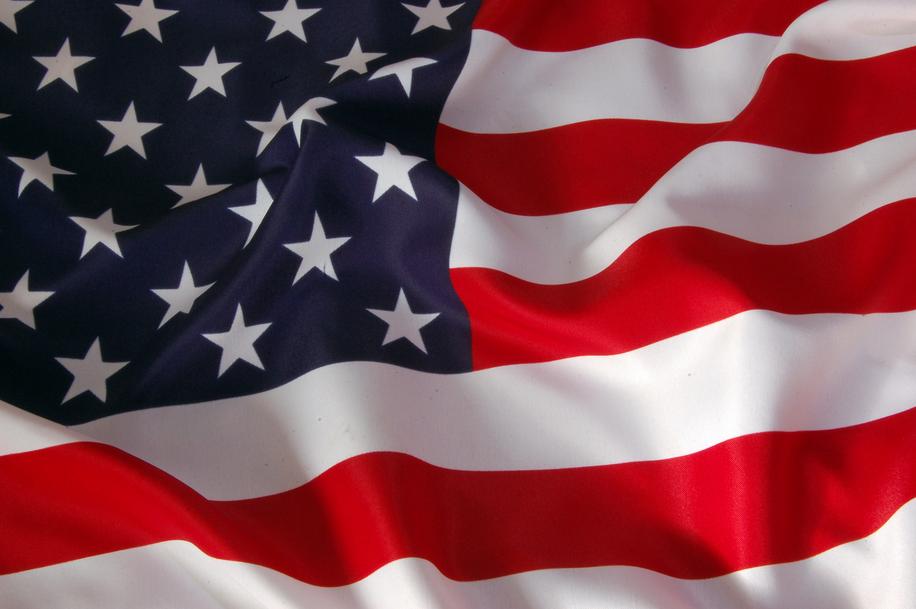
Many modern “classic” diners function as sanitized nostalgia experiences. Theme park and tourist-centric restaurants use the shiny chrome and neon look to evoke a romanticized 1950s ambiance rather than a fully authentic dining atmosphere. These diners sell more than food; they package a sense of mid-century Americana, often at premium prices.
Some chains, like Steak n’ Shake, show partial diner DNA, combining chrome design elements with layouts closer to conventional sit-down restaurants. This demonstrates how the diner concept has blended with other dining styles over time.
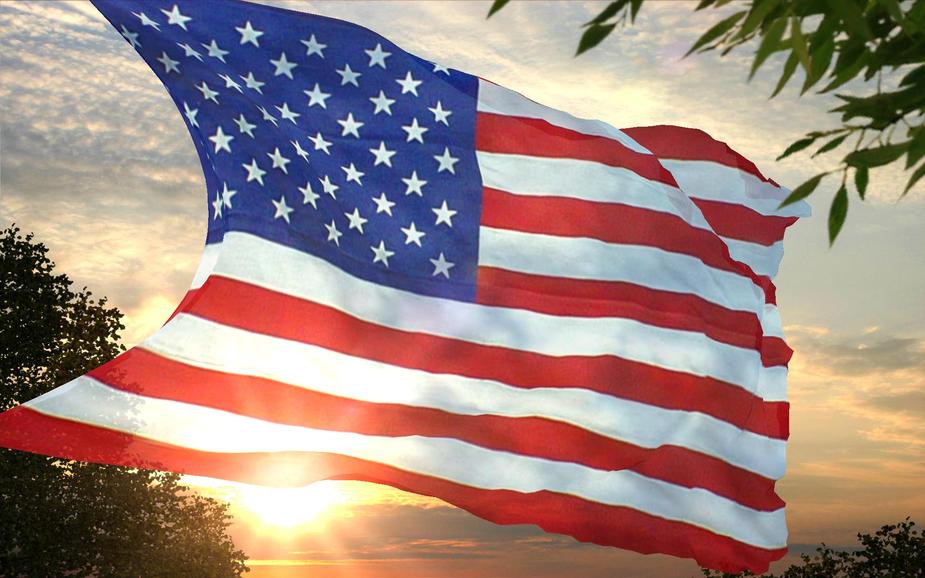
| Aspect | Historical Reality | Romanticized Revival |
|---|---|---|
| Origins | Late 19th-century mobile food wagons; practical, quick service | Nostalgia for idealized 1950s diner culture and design |
| Design | Streamline Moderne; chrome, stainless steel, and practical interiors | Chrome, Formica, neon emphasizing sanitized amusement |
| Menu & Service | Affordable, all-day menus with focus on working-class patrons | Often breakfast-focused or novelty menus in revival diners |
| Business model | Standalone quick stops evolving into permanent structures | Themed chains and tourist destinations with nostalgic appeal |
In summary, classic American diners of today represent both an evolution of a practical food service model and a romanticized version shaped by pop culture. While the iconic chrome and Formica diner design is authentic and rooted in mid-century development, many modern diners amplify or sanitize these elements to align with customer nostalgia. The classic diner remains a cultural symbol reflecting both historical realities and reinterpretations.
- Classic diners evolved from 19th-century food wagons to permanent Streamline Moderne buildings by the 1940s.
- The chrome-and-white diner aesthetic has practical and historical origins, not just nostalgic appeal.
- Diners lost ground to fast food by the 1960s, shifting focus to breakfast and smaller markets.
- Modern “classic diners” often represent idealized versions fueled by nostalgia and amusement design.
- Two main revival diner styles exist: homier wood-accented and chrome-and-Formica themed.
Classic American Diners: Nostalgia or Reality?
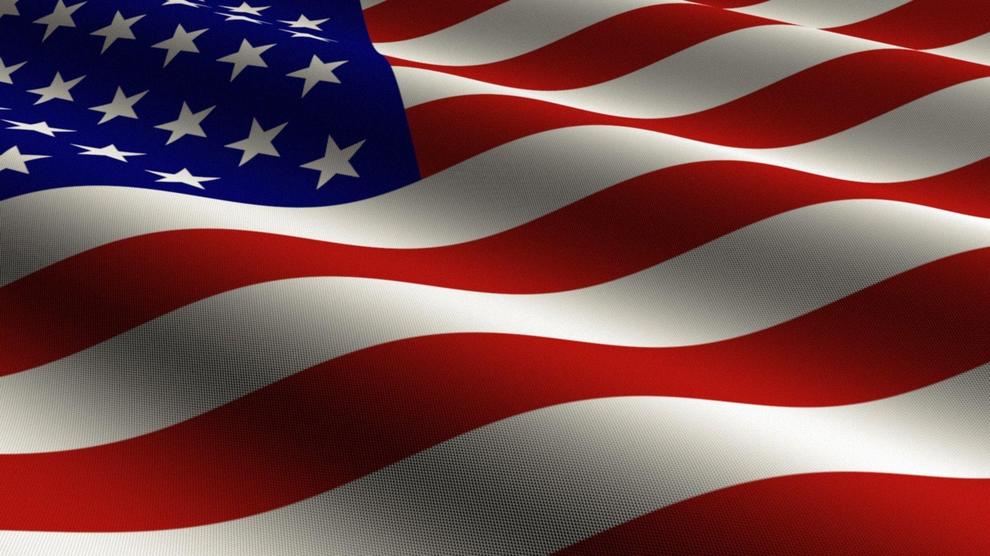
Are classic American diners today exactly like they used to be, or are they more of a romanticized nod to the ’50s and ’60s? In short, modern “classic diners” often lean more toward a sanitized, nostalgic version than the gritty, practical establishments they once were.
Let’s take a journey—without the booth being sticky or the jukebox breaking down—into the true origins of diners, their rise and fall, and how they’ve been reinvented for today’s diners (pun intended).
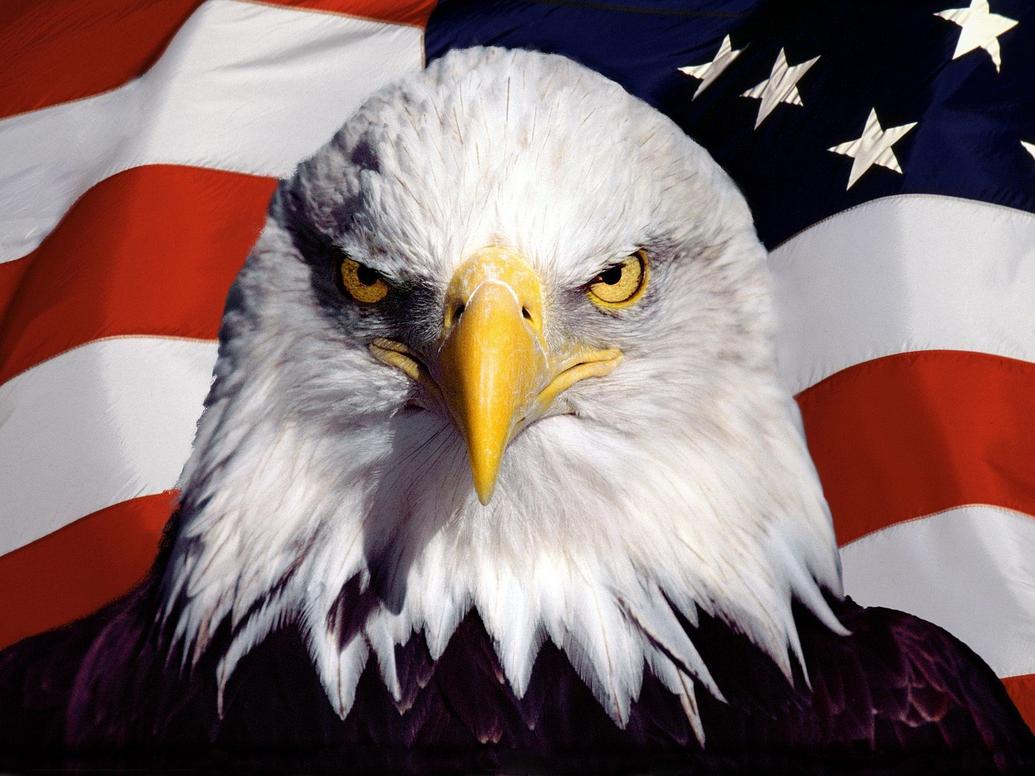
The Early Days: More Wheels Than Neon
Back in the late 19th century, before neon signs and chrome stools ruled the landscape, diners were actually mobile food wagons.
Richard Gutman traces the roots of diners to these wagons that sprang up to serve quick meals to workers longing for a fast, cheap bite after a long shift. These were practical, no-frills stopovers—no malted milkshakes, just food fast.
Massachusetts’ Samuel Jones took this idea up a notch by building large wagons that seated customers inside, offering shelter and convenience. But beware: those wagons earned a reputation as public safety hazards, leading to city bans.
Enter New York and New Jersey businessmen who cleverly “anchored” their wagons by making them permanent fixtures. This shift marks the birth of the enclosed diner—no longer a wagon but a fixed establishment adhering to safety codes.
The Iconic Look: Chrome, Curves, and Clean Lines
Fast forward to the 1930s and 40s. The diners begin to shed their wooden wagons-like look for something shinier and sleeker. Inspired by trains and the Streamline Moderne movement—a design style riding the wave of Art Deco—they adopted stainless steel exteriors, rounded edges, and interiors gleaming with white, black, and chrome.
It was practical too. Stainless steel was easy to prefabricate and clean, perfectly matching the efficiency-focused ethos of quick dining. No wonder it evoked the “space age” feel: diners weren’t just places to eat; they were symbols of modernity and optimism.
Business Booms and Menu Shifts
The 1940s and 50s were the golden age for diners. Their design combined practicality with visual appeal, pulling in both operators who valued frugality and customers dazzled by modernity.
But as the 50s wore on, a new challenger emerged: fast food. Hamburgers served at lightning speed and rock-bottom prices started to replace the all-day diner meal offerings. Diners, adapting to survive, shifted their focus, especially pushing breakfast service in small towns and on roadways, evolving into rest-stop style diners.
A Decline and a Revival Story
After their heyday, diners began to fade by the mid-60s. But the 1970s saw a revival—one that didn’t just resurrect diners but also reimagined them.
Authors like Chester Liebs and Richard Gutman did more than just write about diners; they helped cement diners as a piece of Americana. Gutman’s 1979 book American Diner Then and Now helped rescue diners from oblivion and placed them on a pedestal of nostalgia.
Modern Diners: Two Styles, One Nostalgia
Today, diners fall into two broad categories.
- The homier variety recalls the wood-paneled, dimly lit venues of the 1920s–40s. Chains like Denny’s or Waffle House embrace this, with cozy booths and a less flashy look. This style harks back to an earlier period sometimes eclipsed by the shiny chrome 50s aesthetic.
- The chrome-and-Formica look, best exemplified by Johnny Rockets, launched in 1986. It revels in the 1940s design heritage—chromed stools, white laminate counters, and interiors shaped like train cars or the original food wagons. It’s the epitome of diner kitsch, and a crowd favorite.
Interestingly, Johnny Rockets and similar venues often operate more as dining-themed amusement rides than purely culinary destinations. These sanitized, polished environments act as nostalgia machines, letting customers step back in time for overpriced fries and thick milkshakes.
Comparisons and Contrasts
Look at Steak n’ Shake, which carries some diner DNA in its chrome-and-red interiors and counter stools but tilts towards a sit-down restaurant format. It’s less about speed and nostalgia and more about the casual dining experience, blurring diner authenticity with modern convenience.
So, Are Today’s Classic Diners Authentic or Romanticized?
Modern diners wear the classic diner look like a costume at a retro party. The chrome and neon? Authentic design elements developed out of necessity and optimism during the 40s and 50s.
However, the way diners are presented now, especially chains focused on nostalgia, often glosses over the gritty realities—the cramped quarters, the sometimes questionable hygiene, the hard work behind the counter.
They’re often romanticized. The “classic” diner image we see today reflects a blend of historical truth and selective memory, emphasizing style, comfort, and a sanitized past.
What Can You Take Away?
- If it’s about history: Classic diners evolved from mobile wagons to sleek, efficient eateries, mirroring America’s changing urban, social, and business landscapes.
- If it’s about experience: Visiting a diner today is as much about relishing nostalgia and Americana as it is about the food.
- Want to taste authenticity? Seek out locally owned diners that preserve the original spirit—down-to-earth menus, hearty portions, neighborhoods—not just the glossy chrome.
Classic diners are a unique American invention. They show how practicality and design can mix with culture and memory. Whether you prefer the nostalgic polish or the lived-in charm, diners remain iconic windows into America’s culinary past and present.
Final Bite
Next time you sit at a shiny diner counter, ask yourself: Are you stepping into a time machine or enjoying a Hollywood set? The answer is both. Diners, like most cultural symbols, are part fact and part fantasy. That’s what makes them *so* delightfully… American.
